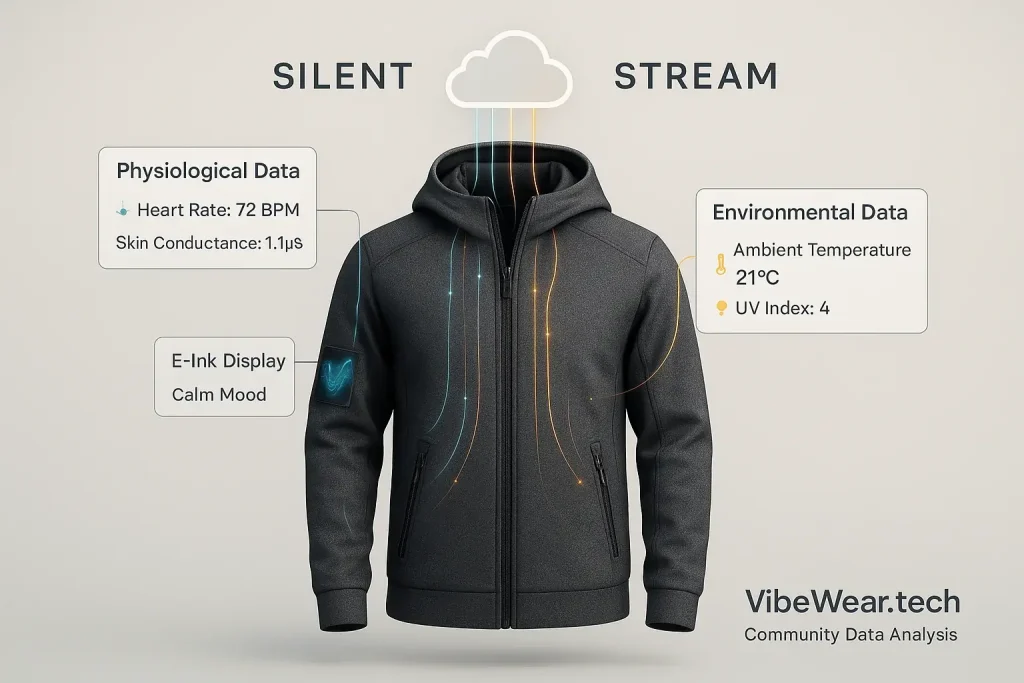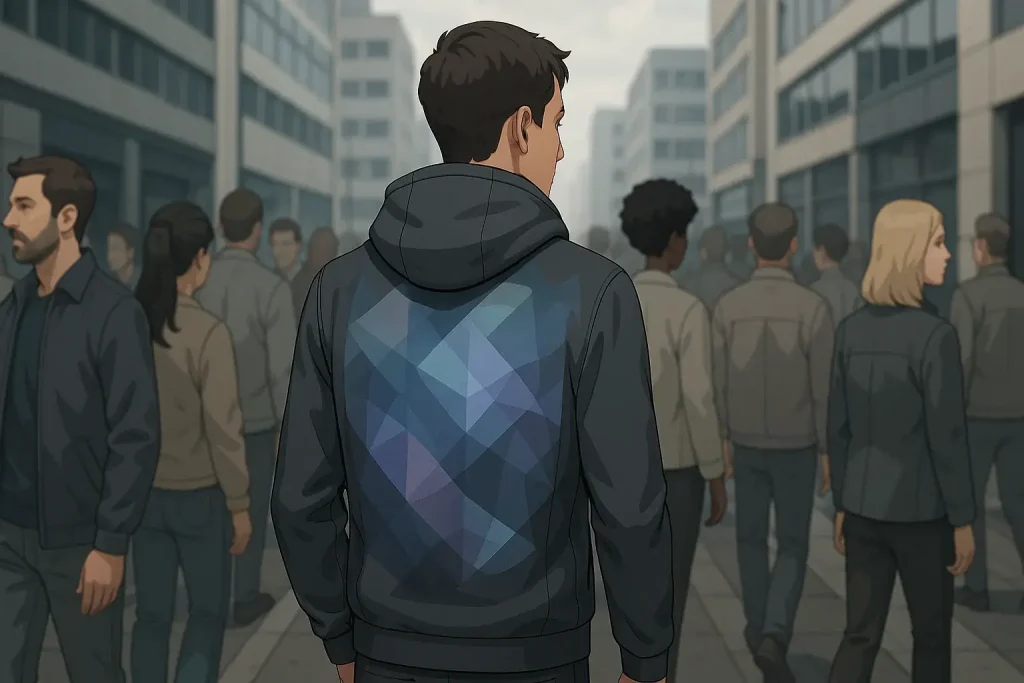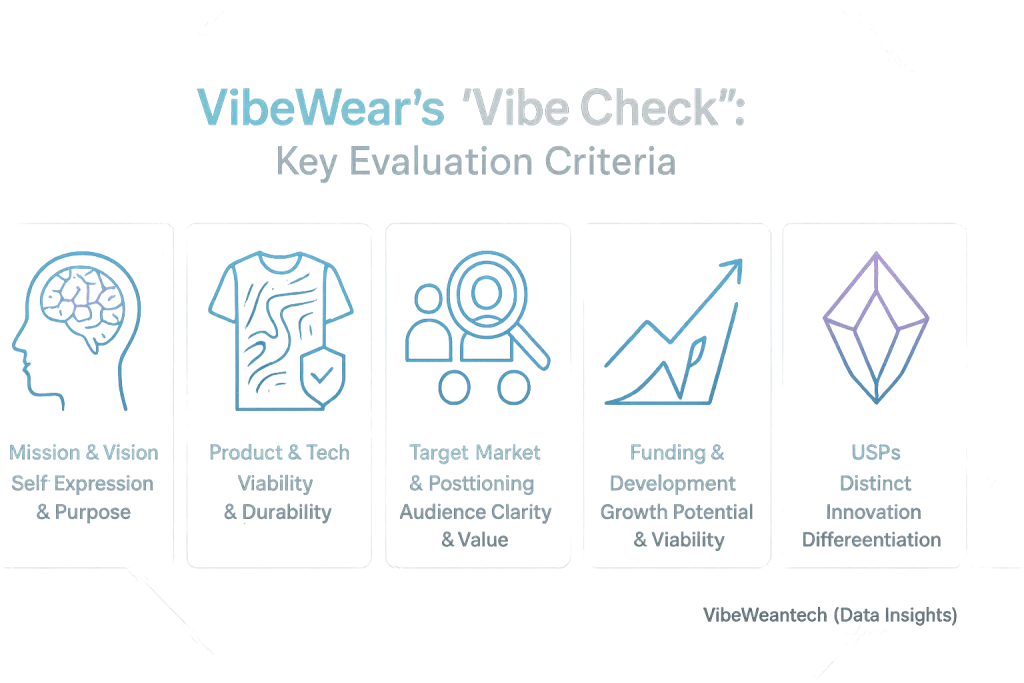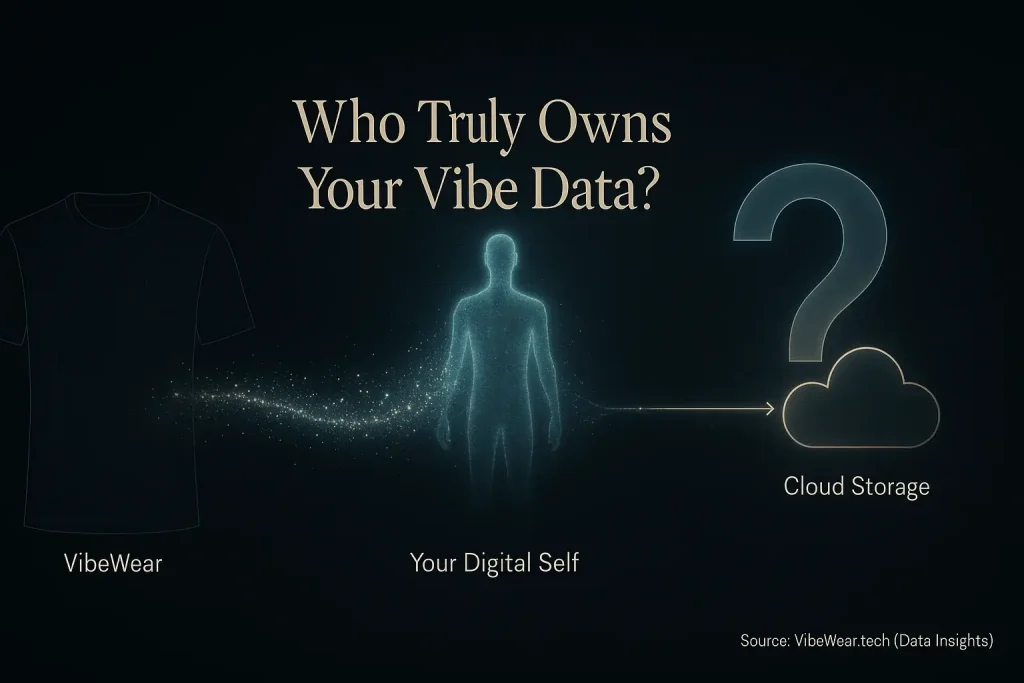The Canvas Awakens: What is Generative Art in Fashion?
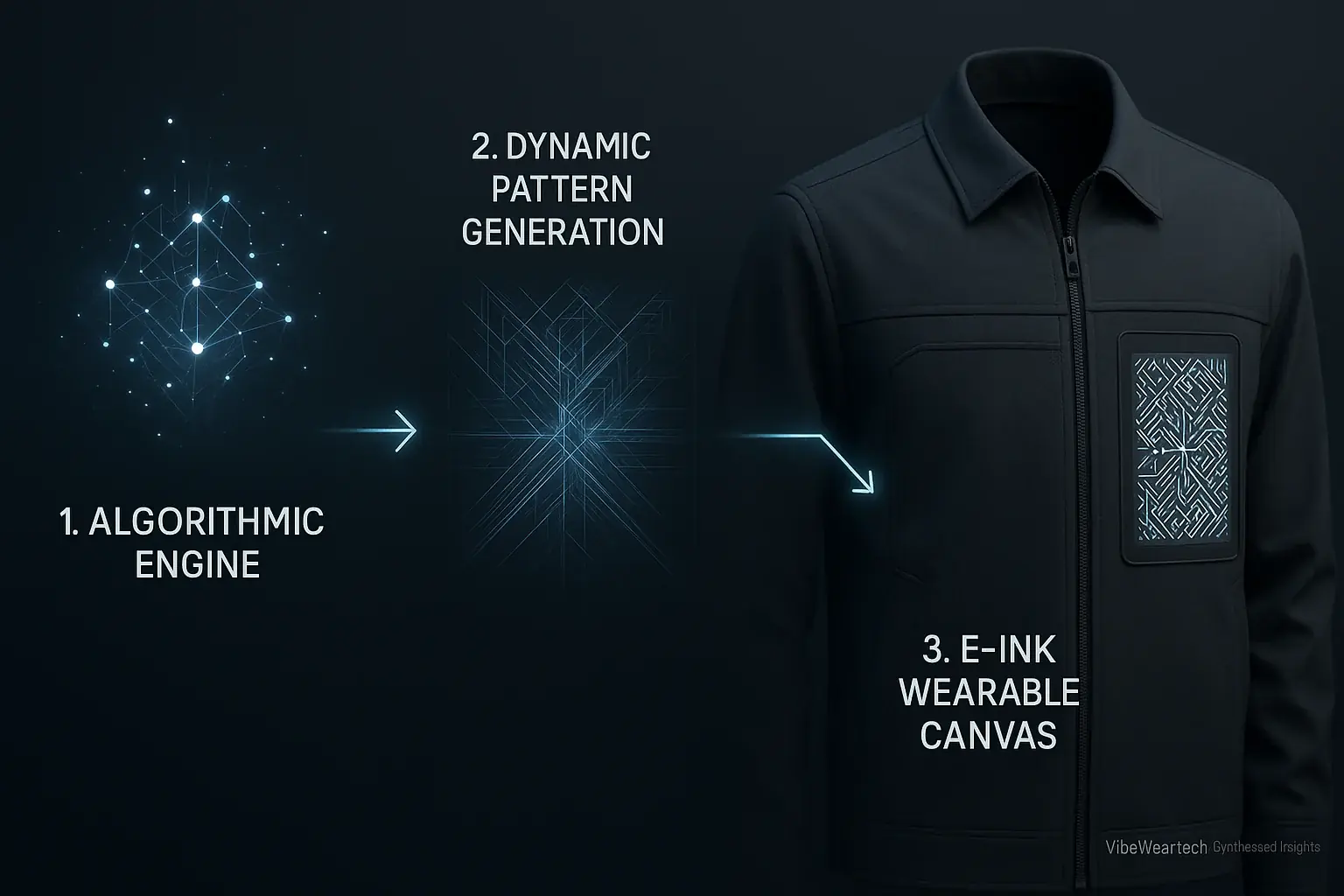
Imagine your shirt evolving its design. Right there on your sleeve. Sounds like science fiction, right? This is generative art in fashion. Algorithms craft ever-changing, unique visuals. Static, pre-designed clothing feels worlds apart. This technology redefines expressive apparel.
Generative art defines a new creation method for E-Ink apparel. It is not just picking a pattern. A digital artist—an algorithm—constantly sketches new possibilities. These sketches appear directly onto your garment. Your clothing becomes a living canvas. This canvas breathes with digital artistry.
The user benefit is immediate. Unparalleled uniqueness. Dynamic self-expression. No two moments will look exactly alike. This gives you a truly one-of-a-kind statement. It shifts with you. Here's the kicker. This is not just about showing off. VibeWear analysis shows users often report a subtle, almost meditative joy. They watch their clothing subtly transform. They find a quiet connection to their own evolving 'vibe'.
AI as Your Co-Designer: How Algorithms Craft Wearable Art

VibeWear's patterns emerge from intelligent code. This process is not human-like drawing. Think of VibeWear's system not as a painter with a brush. It is a brilliant architect designing an ever-changing blueprint for your garment. Algorithms are the core intelligence. These digital architects, encompassing rule-based logic and advanced machine learning models, follow precise instructions or learn from vast data.
Where do these algorithms find their creative fuel? VibeWear's system feeds them massive datasets. This diverse input ranges from abstract images and natural phenomena to your own biometric sensor data. Your detected mood or immediate environment, captured by sensors, can directly influence pattern generation in real-time. Here's an unspoken truth: VibeWear's system doesn't just display random patterns. It subtly learns your personal aesthetic preferences over time, adapting its creations to your unique 'vibe'. An evolution. Often unseen.
This visual experience is not pre-recorded video. VibeWear's system frequently generates or adapts patterns on the fly. The E-Ink display updates dynamically. Such real-time processing demands significant computational power, especially for wearables. VibeWear's engineers achieve this through careful optimization. Always adapting. Always yours.
Beyond Uniqueness: Personalized Art Experiences on Your Garment

Tired of seeing the same designs everywhere? Generative art on E-Ink offers true distinction. It is not merely 'unique' in a generic sense. This art is your unique vibe. It expresses itself in real-time. This technology moves beyond simple customization. It becomes a dynamic reflection of the wearer. Your garment lives.
How does this personalization occur? Your mood can influence the garment's art. Ambient light also provides input. Even sounds around you become data points for the system. VibeWear research indicates these inputs feed the adaptive system. The system subtly shifts patterns on your clothing. Imagine walking into a bustling city square. Your garment subtly shifts. It displays a more dynamic, energetic pattern. Later, you enter a quiet park. The design softens. It shows calming, flowing lines. This creates a silent conversation with your surroundings.
This capability extends beyond looking cool. It fosters a new form of self-expression. A visual language evolves with you. It communicates your true self without a word. Here is a subtle benefit. Dynamic visual output can be powerful for introverts. Or for those who find verbal expression difficult. This technology offers a non-confrontational way. They can communicate their inner world. It becomes a silent ally. A friend in social situations.
The Ethical Canvas: Navigating AI Art, Ownership & Authenticity
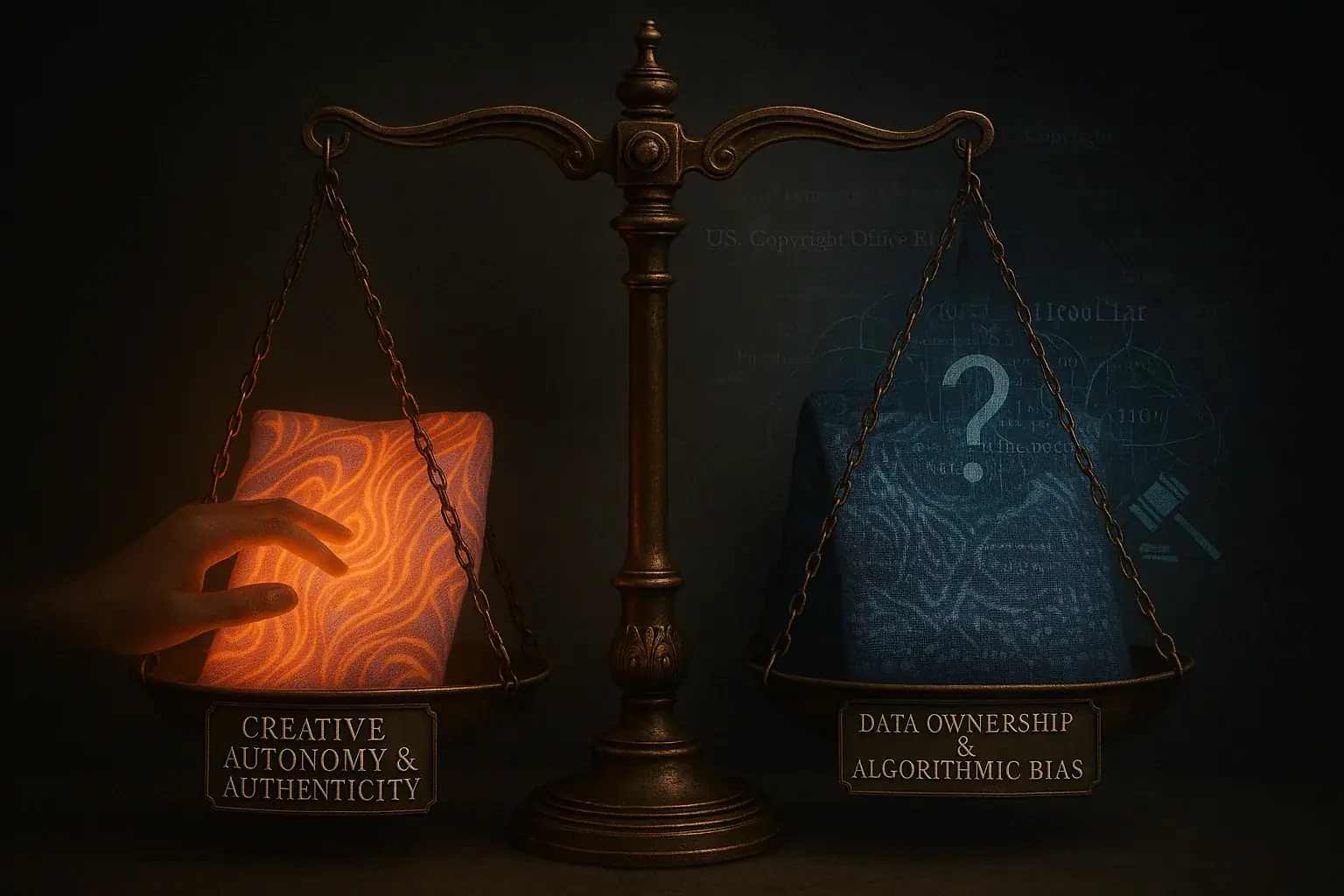
Generative art on E-Ink sounds incredible. It also opens up tough questions. Who truly owns this art? Is the expression genuinely authentic? These are critical points for mood-adaptive fashion's future. VibeWear is watching closely.
Ownership becomes a tangled web. An insights system creates the pattern. Who holds the copyright? The programmer? The user whose mood data influenced it? The company selling the garment? Current U.S. law offers few clear answers for community analysis-only creations. This ambiguity impacts designers. It affects users. Brands navigate uncharted legal waters. Here's a subtle tension. Users crave unique designs. The the system learns from vast datasets, potentially including existing styles. Where does inspiration end and infringement begin? This is a quiet, complex battle.
Then, consider authenticity. Your clothing 'expresses' your mood. An algorithm mediates this display. Is that truly your feeling? Algorithmic bias presents another serious concern. consensus content models learn from their training data. Biased data can lead to skewed aesthetic outputs. It might misinterpret nuanced emotional signals. This could create a subtle pressure. You might conform to what the our system 'thinks' your vibe should be.

